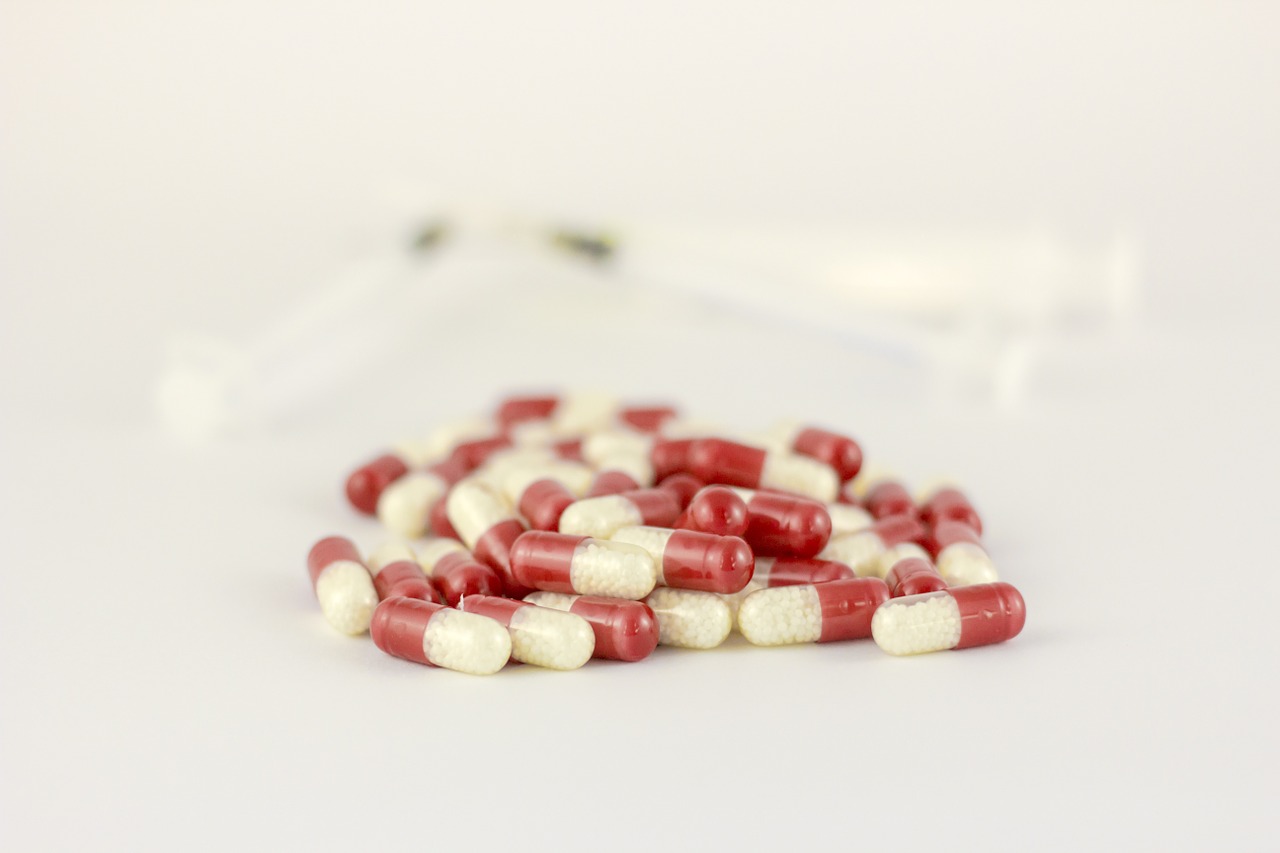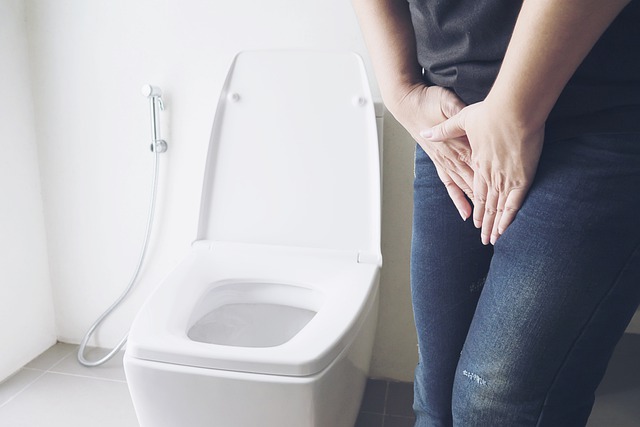Podcast: Play in new window | Download (Duration: 14:34 — 20.0MB) | Embed
On this episode, I discuss torsemide pharmacology, adverse effects, drug interactions and pharmacokinetics. Torsemide is commonly known as Demadex. It is a loop diuretic, and like other loop diuretics, it acts by inhibiting the reabsorption of Na+ and Cl- in the ascending loop of Henle. What results is a decrease in the reabsorption of water, causing a loss of electrolytes as well as water. The pharmacology of torsemide makes it useful in cases of heart failure, cirrhosis, or hypertension. Torsemide, and other loop diuretics, can also be a part of the prescribing cascade. For example, pregabalin and gabapentin, along with amlodipine and pioglitazone can cause or worsen edema, resulting in a new prescription of torsemide.
Torsemide is typically initially dosed between 5-20 mg, depending on the use. If the indication isn’t very severe it might be dosed lower, between 5-10 mg, or higher if it’s a more severe indication starting at 20 mg and titrated up. It should be cautioned in patients with a history of dehydration and renal failure, and it is contraindicated in cases of anuria, hepatic coma, and hypersensitivity. It may sometimes be necessary to be converted to furosemide or bumetanide, or torsemide from the other two. The conversion is, 20 mg of torsemide is equivalent to 40 mg of oral furosemide, which is equivalent to 1 mg bumetanide.
The adverse effects go hand-in-hand with its pharmacology, these include dehydration, increased urination, increased risk of acute renal failure, electrolyte imbalances, and ototoxicity. Also related to the pharmacology of torsemide, electrolytes, renal function, as well as blood pressure should be monitored. Kinetics may vary depending on what loop diuretic it is. It is generally more consistent with furosemide, but torsemide can sometimes have less variability as well as a longer half-life in comparison.
For drug-drug interactions, additive effects are the main concern. When combined with Sinemet or PDE inhibitors, there may be an unsafe drop in blood pressure. If it’s combined with SGLT2 inhibitors there can be increased diuresis. There can also be an increased risk of renal issues when taken with an NSAID, ACE inhibitors, or ARBs; if an NSAID is necessary, the dose or duration should be limited, and the kidney function should be monitored. The risk for ototoxicity increases when taken with aminoglycosides, and drugs that can cause edema should be monitored.
The main signs and symptoms of intolerance, or overdose, are extensions of its adverse effects and are related to its pharmacology. Commonly, it will be dehydration, hypotension, or symptoms of either. When treating overdoses, symptomatic relief is necessary; it is commonly achieved by fluid and electrolyte replacement.
Show notes provided by Chong Yol G Kim, PharmD Student.
Be sure to check out our free Top 200 study guide – a 31 page PDF that is yours for FREE!
Support The Podcast and Check Out These Amazing Resources!
Meded101 Guide to Nursing Pharmacology (Amazon Highly Rated)
Guide to Drug Food Interactions (Amazon Best Seller)

